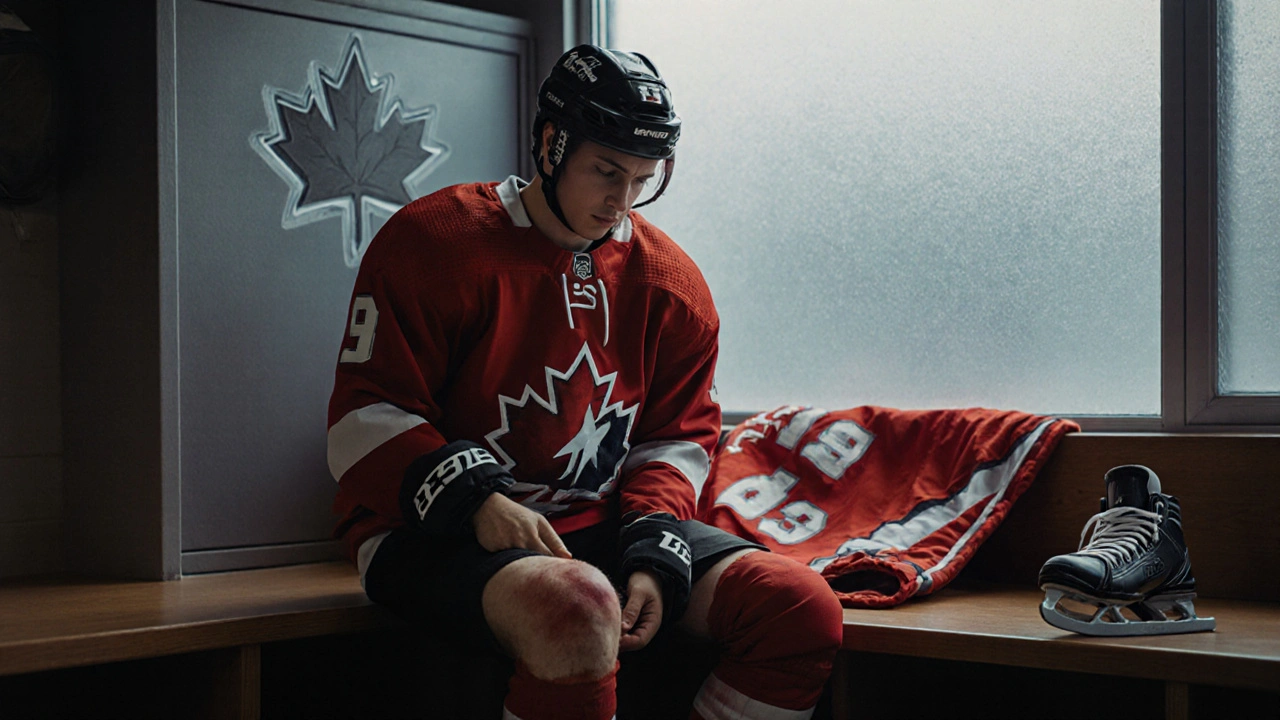Groin Rash: What It Is and How to Fix It
If you’ve ever noticed red, itchy skin in the groin area, you know it’s uncomfortable. A groin rash can pop up suddenly or linger for weeks, and the good news is most of them are easy to treat at home. In this guide we’ll break down the common reasons, tell you what to look for, and give you practical steps to get relief fast.
Common Triggers
First off, the skin in the groin is soft and prone to irritation. Here are the top culprits:
Friction – Tight underwear or lots of movement can rub the skin and cause a rash. Sweat creates a warm, moist environment that lets bacteria and fungi grow. Heat from a hot shower or summer weather can worsen the problem. Allergies to detergents, soaps, or fabrics often show up as a rash. Infections like jock itch (tinea cruris) or a yeast infection are also common.
Think about your daily routine. Are you wearing polyester underwear? Do you shower after a workout and stay in damp clothes? Small changes can cut down the irritation right away.
When to See a Doctor
Most groin rashes improve with home care, but you should get medical help if you notice any of these signs:
• The rash spreads quickly or covers a large area.
• You see blisters, pus, or crusty spots.
• It’s painful, not just itchy.
• You have a fever or feel sick overall.
• Over‑the‑counter creams don’t help after a week.
These could point to a bacterial infection, an allergic reaction that needs prescription meds, or a more serious skin condition.
Now, let’s talk about what you can do right now to calm the rash.
Keep the area clean and dry. Gently wash with mild soap, rinse well, and pat dry. Avoid rubbing; use a soft towel.
Choose breathable clothing. Switch to cotton underwear and loose‑fit pants. Change out of sweaty clothes as soon as you can.
Apply over‑the‑counter creams. For fungal rashes, an antifungal cream like clotrimazole works well. For dry, irritated skin, a thin layer of petroleum jelly can protect the skin barrier.
Use cool compresses. A damp cool cloth for 10‑15 minutes can reduce itching and swelling.
Stay away from irritants. Stop using scented soaps, fabric softeners, or laundry detergents that might trigger a reaction. Switch to fragrance‑free products.
If you suspect a yeast infection, an over‑the‑counter antifungal spray can help, but if you’re unsure, a quick visit to a pharmacist or doctor can clear things up.
Remember, consistency matters. Treat the rash twice a day for at least a week, even if it looks better after a few days. This prevents the problem from coming back.
In summary, a groin rash is usually caused by friction, sweat, heat, allergens, or infections. Simple hygiene, breathable clothing, and the right topical treatment solve most cases. Watch for warning signs and seek professional help when needed. Follow these steps and you’ll be back to feeling comfortable in no time.
Jock Itch Explained: Causes, Symptoms & Treatments
by philip onyeaka Sep 29 2025 10 Medical ConditionsLearn what causes jock itch, recognize its symptoms, and explore effective treatment and prevention strategies for a quick recovery.
READ MORE
